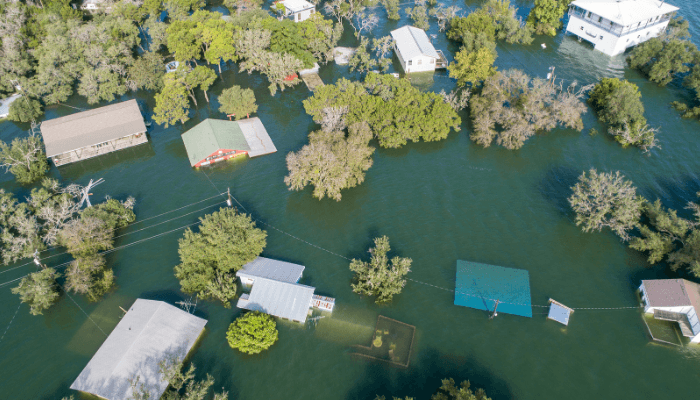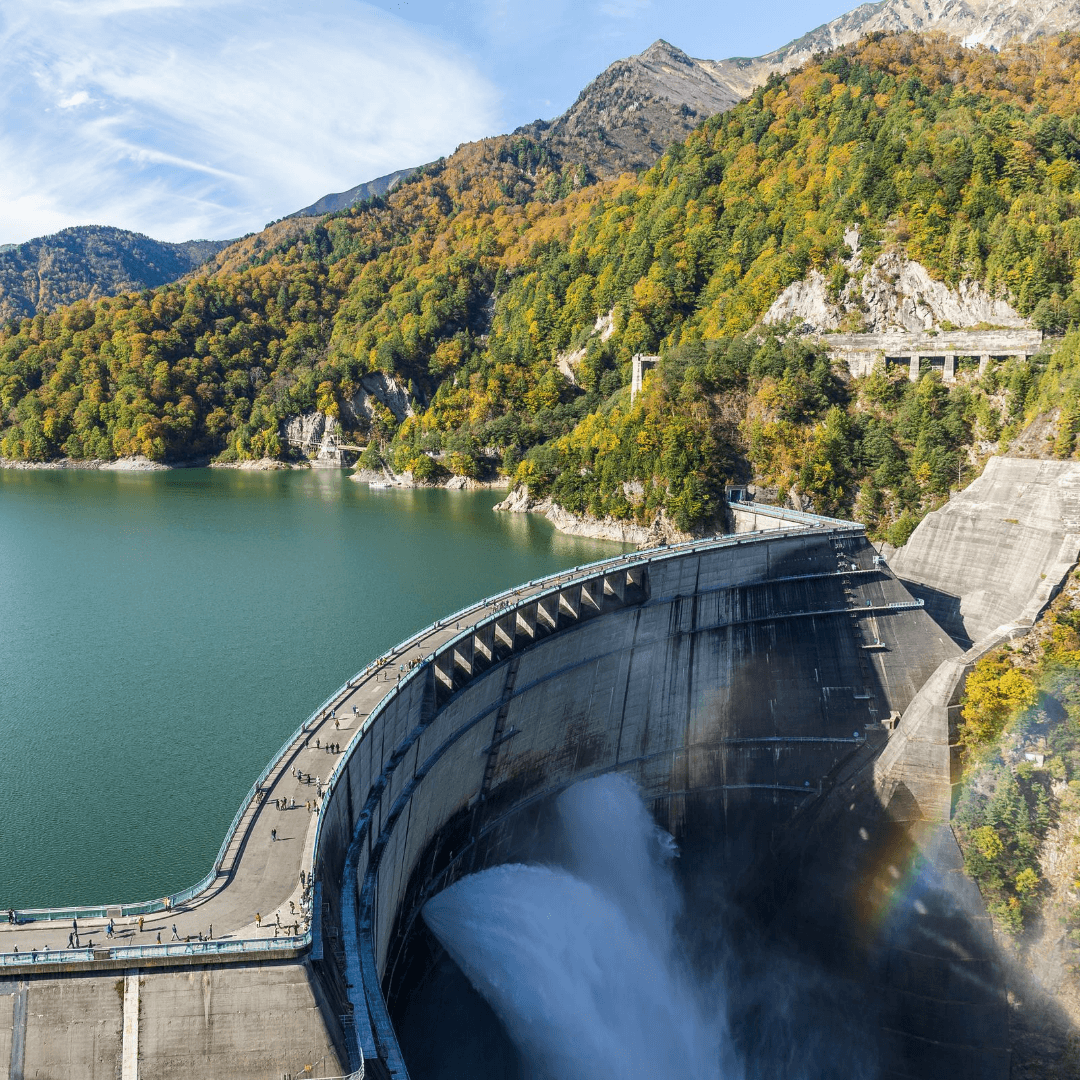Flood insurance is something every renter, home, and business property owner should consider obtaining to protect property, according to FEMA’s National Flood Insurance Program (NFIP).
The NFIP, administered by the Federal Emergency Management Administration (FEMA), is designed to connect those interested in purchasing flood insurance to more than 50 insurance companies and thousands of independent insurance brokers across the U.S. The program also makes available its own NFIP Direct insurance offering. Flood insurance is available, through the NFIP, in the 23,000 communities across the U.S. that participate in the flood insurance program.
The Need for Insurance
Having flood insurance — or doing without it — can be the difference between making a positive financial and physical recovery after a flood, or conversely, one that is financially devastating. Flood insurance based on the value of your property and possessions either covers repair or replacement if you have a flood. According to FEMA, it doesn’t take much in the way of floodwaters in a structure to do significant damage – just an inch of floodwater flowing into a structure can cause up to $25,000 in damages.
Floodingis morelikely to occurin areas that have seasonal rainstorms,flood-prevalenttopography like desert topsoil, or locations along the coast, however floods can occur in every state and cause the greatest damages from all natural hazards each year. Flood events also are becoming increasingly more common in the United States and its territories.
The National Oceanic and Atmospheric Administration (NOAA)’s National Weather Service says that flood threats are the most common hazard today. “Flooding is a coast-to-coast threat to some part of the United States and its territories nearly every day of the year,” according to NOAA. Tropical systems have caused above-average flooding conditions for the past four years and with an active hurricane season underway, similar conditions are being seen again this year.
Policy Information
So, how do you obtain flood insurance at reasonable rates? FEMA’s NFIP has extensive informational resources for you to consider policy options. FEMA recommends reviewing the available programs since different policies cover a variety of options for property damage. That is true whether you are looking to insure rental properties and possessions or residential or commercial structures and interiors.
NFIP’s Floodsmart.gov has a lot of valuable information including a list of answers to the most commonly asked questions about purchasing flood insurance, including Why is it necessary to buy flood insurance? Additional information can be found on the NFIP Flood Zone Maps section, including how to look up your zone based on your address. The NFIP notes that If you live outside of a high-risk flood zone, you may qualify for discounted flood insurancerates.
The NFIP says that homes and businesses in high-risk flood areas with mortgages from government-backed lenders are required to have flood insurance, and notes that it encourages communities to adopt and enforce floodplain management regulations that help mitigate the effects of flooding.
Two Types of Flood Coverage
NFIP policies cover direct physical losses to your structure and belongings. Two types of coverage are offered — building coverage and contents coverage. The following are examples of items covered with each program:
Building coverage protects:
- Electrical and plumbing systems
- Furnaces
- Water heaters
- Refrigerators, cooking stoves, and built-in appliances (such as dishwashers)
- Permanently installed carpeting
- Permanently installed cabinets, paneling and bookcases
- Window blinds
- Foundation walls, anchorage systems and staircases.
- Detached garages
- Fuel tanks
- Well water tanks and pumps
- Solar energy equipment
Contents coverage protects:
- Personal belongings (clothing, furniture, and electronic equipment)
- Washer and dryer
- Portable and window air conditioners
- Microwave ovens
- Curtains
- Carpets not included in building coverage (such as carpets installed over wood floors)
- Valuable items such as original artwork
Be advised that if you experience a flood, some costs will not be covered by either type of policy including:
- Temporary housing and additional living expenses incurred while your building is being repaired or is unable to be occupied
- Property outside of an insured building (such as landscaping, wells, septic systems, decks and patios, fences, seawalls, hot tubs and swimming pools)
- Financial losses caused by business interruption
- Currency, precious metals, stock certificates and other valuable papers
- Cars and most self-propelled vehicle (including their parts)
- Personal property kept in basements
According to NFIP, coverage usually limits$250,000 for the building and $100,000 for the building contents. The coverages are normally purchased separately with separate deductibles.
Flood risks to a home, business, or property can change over time. Alterations in weather patterns, increased or different land development, and the effects of erosion are some of the situations that can impact flooding risk. The NFIP advises that home and business owners should occasionally review their property’s flood map to understand the flood risk and insurance options.

